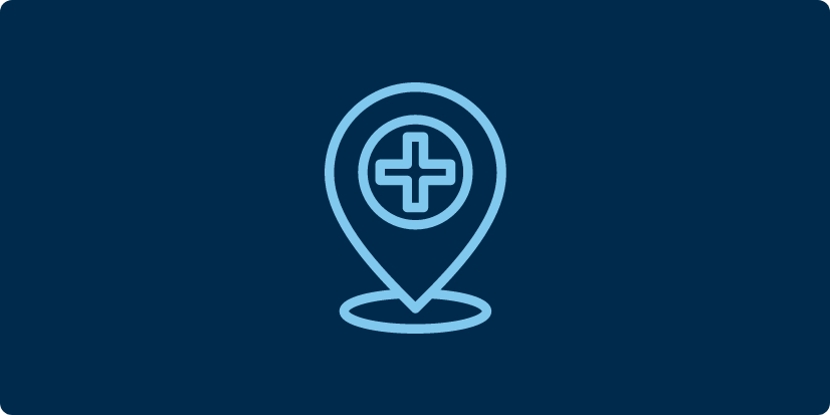
EEG
Routine Electroencephalogram (EEG)
An EEG is the measurement of continuous brain-wave patterns or electrical activity of the brain. It is recorded with the placement of small metal discs, called electrodes, in a standardized pattern on the scalp. The resulting tracing reflects the summation of the activity of millions of individual brain cells.
EEG helps physicians diagnose a variety of neurological problems, from common headaches and dizziness to seizure disorders, stroke, and degenerative brain disease. EEG is also used to look for organic causes of psychiatric symptoms and disabilities in children and can help physicians determine irreversible brain death.
The test is not painful. Several measurements of the head are taken and then electrodes are then placed on the scalp with a paste-like substance. The test typically takes about 90 minutes and the principal role of the patient is to simply remain still, relaxed, and comfortable. During the test, the patient may be asked to take repeated deep breaths (hyperventilate) and may be shown a strobe light to elicit certain brain wave patterns that are useful for diagnosis. Physicians may ask you to deprive yourself of sleep in order to observe brain waves during sleep. For these tests, you may be asked to stay awake most of the night before your EEG appointment.
How should I prepare for my EEG test?
-
Avoid using hair spray/gels/oils before your appointment and your hair must be dry.
-
Take prescribed medications unless your physician gives you other instructions.
-
Bring a complete list of all medications you are currently taking.
-
Eat a normal diet.
Video EEG
A Video EEG records brain activity as well as physical activity on a video camera. Your length of stay will be determined by your physician and can range from a six-hour outpatient test to a five-day admission to the hospital. Electrodes are placed on the scalp with a glue-like substance. The purpose of this test is to capture and characterize seizures or typical spells that may be occurring. Upon reviewing this test, your physician may be able to determine the nature of your seizures or spells and provide effective treatment options.
How should I prepare for my Video EEG test?
-
Avoid using hairspray, gels, or oils before your admission and your hair must be dry.
-
Take prescribed medications unless your physician gives you other instructions.
-
Bring a complete list of all medications you are currently taking.
-
Eat a normal diet.
-
Bring comfortable clothes such as button-down shirts and shorts. You may be asked to wear a hospital gown.
-
You may bring reading materials, music, laptop computers, movies, or crafts.
-
You will have a TV in your hospital room.
-
Smoking is not permitted during testing. Your doctor may prescribe a nicotine patch during your stay at the hospital.
Ambulatory EEG
An Ambulatory EEG records brain activity on a small recorder that is worn around the waist. This test is also used to characterize typical spells that patients may be having that could be elicited in a patient's daily routine. Several small electrodes are applied to the scalp with a glue-like substance and then patients are sent home with a diary to record symptoms during the testing. The test is typically ordered for one to three days.
How should I prepare for the Ambulatory EEG test?
- Avoid using hairspray, gels, or oils before your appointment and your hair must be dry.
- Take prescribed medications unless your physician gives you other instructions.
- Bring a complete list of all medications you are currently taking.
- Eat a normal diet.

